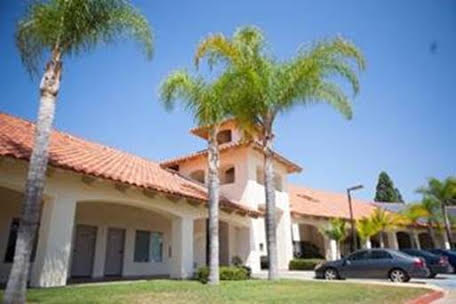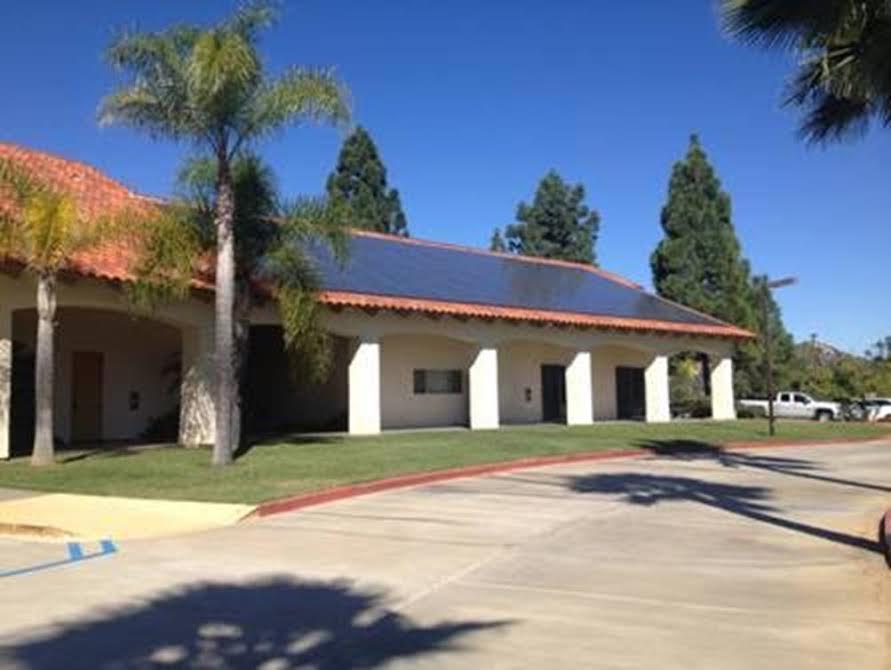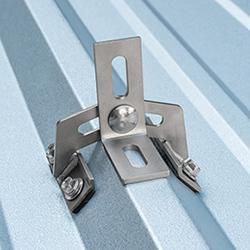The 30kW grid-tie system uses 126 Kyocera solar modules and is currently supplying more power to the grid than the church consumes.
With Skilled Volunteers and a High-Performing Kyocera Solar Array, Fallbrook Seventh-day Adventist Church Slashes Energy Costs
Contributed by | Kyocera
The Challenge

In 2014, the Fallbrook Seventh-day Adventist (SDA) Church in north San Diego County, CA faced high energy costs, up to $2,000 a month, three-fourths of that coming from special “demand” charges from the utility company. As a non-profit, budget is a constant concern for the church leadership, which knew that up to $20,000 a year in electricity costs would be much better utilized in serving the community. Solar power provided an attractive option but concerns loomed about set-up costs for the large installation as well as design expertise needed to ensure the panels would complement the majestic Spanish architecture of the Southern California church. Located off Old Highway 395 in the community of Rainbow, the church is in a higher than average Global Horizontal Irradiance (GHI) zone giving it optimal solar potential.
.jpg)
Skilled Volunteers & Clever Design Shine in Solar Project
The design goal was to make the large solar array atop the Spanish tile roof appear as a giant skylight over the church’s fellowship hall. The project required careful planning to ensure the solar array wouldn’t detract from the beautiful architecture by creatively concealing all conduits, inverters and related hardware. Fallbrook SDA member and consulting electrical engineer Dennis L. Vories, PE, created a unique design to best blend with the existing rooftop. The tiles were stripped from the entire roof area designated for the array and replaced with long-life asphalt shingles to proactively avoid roof repairs in the coming years. Standard Ironridge mounting rails, flash feet and self-grounding clamps were used to reduce the installation time and cut material costs. Custom perforated aluminum venting was created in shapes appropriate to the solar array perimeter and painted to match the Spanish tiles before being attached. The tiles were then installed around the array with some below the solar panels featuring custom flashing to carry water from the array under the lowest rail and onto the top of the tiles. With the perforated perimeter venting painted to match the existing roof and inverters installed in the attic, the exterior achieved a sleek, aesthetically pleasing look.
Government incentives and financing options are often available at state and federal levels, even for non-profits The new privately funded Ygrene Works provides financing with no upfront costs for energy efficiency, renewables and more in California and Florida.
In an effort to reduce installation costs, Vories supervised skilled volunteer church member labor. A number of contractors, skilled craftsmen and an engineer installed the solar array over a two week period in late 2014, with one donor even paying for the roofing contractor and lending funds for all solar components to be paid back by the energy savings over 48 months. With this impressive effort, the entire system was installed for about one-third the usual cost: $77,000 for an installation that would normally cost approximately $210,000, according to Vories.
Realizing that controlling initial costs is just one part of a good investment, all components were carefully selected for quality and longevity. Vories had been designing non-solar Kyocera components into projects for decades. Through his research, he determined that Kyocera is one of the world’s few solar module manufacturers whose longevity and 41-year solar history actually exceed the length of its warranty. He was further impressed by Kyocera’s diversity and consistent profitability in each year of its almost half century in business, vastly improving the quality of both the product and product support well into the future. During design, Kyocera assisted Vories in addressing several important module technical questions.

Zero Net Energy Use
The 30kW grid-tie system uses 126 Kyocera solar modules and is currently supplying more power to the grid than the church consumes. With monthly power use averaging about 3MWh, there has been “zero” net annual energy use because the system supplies more energy to the grid than the church needs. In fact, the church was paid $800 for 11MWh of excess energy generated in the first year. With careful planning and supervision, no solar modules were damaged during installation despite the use of substantial volunteer labor and there have been no component or inverter repairs needed after 16 months. Installing solar qualified the church for SDG&E’s Demand Generation Renewables rate schedule where demand charges are about 1/3 of previous demand charges in exchange for about three times greater energy charges. The Church now averages a monthly bill of approximately $450, down from up to $2,000/month prior to the solar installation. Plans to install a demand/response controller, which monitors, manages and sequences loads to help reduce peak power demand, would potentially eliminate those charges altogether. In addition to the system’s optimal performance, feedback from the congregation and surrounding community has been very positive; the system’s meticulous roof integration is aesthetically pleasing and blends with the existing architecture enabling Fallbrook SDA Church to enjoy solar-generated energy savings for decades to come.
The content & opinions in this article are the author’s and do not necessarily represent the views of AltEnergyMag
Comments (0)
This post does not have any comments. Be the first to leave a comment below.
Featured Product

